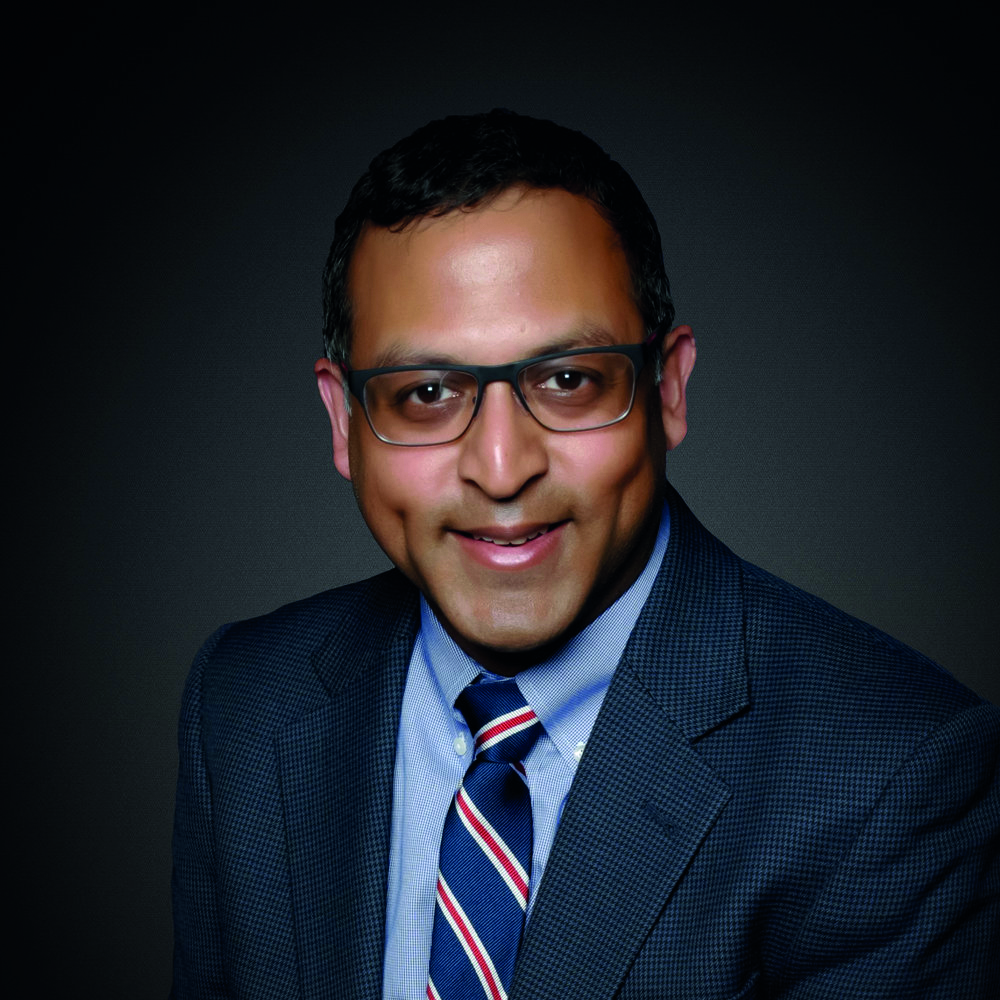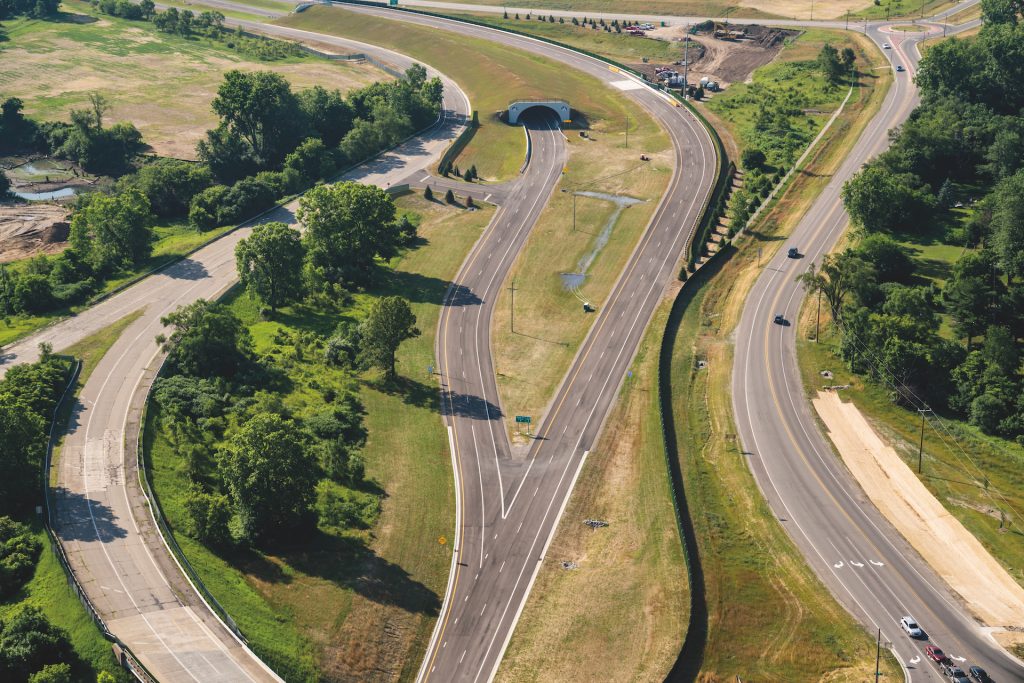It’s a tough time to operate any business, let alone one that’s still establishing its place in the automotive industry. However, less than three years after opening, and in spite of the challenge of the Covid-19 pandemic, the American Center for Mobility (ACM) says 2020 was one of its strongest years yet.
At the helm of the 200ha (500-acre) proving ground with a focus on connected and autonomous vehicles (CAVs) is Reuben Sarkar. With experience in the corporate, government and engineering worlds – including on the original Chevy Volt – Sarkar took the job in April this year, just before the facility at Willow Run near Ann Arbor, Michigan, reopened following a two-month shutdown.
“We’ve had a lot of indications from auto companies that, after an initial spike of interest [in CAV testing] from 2015-2017, they had spent the last couple of years getting their teams together and planning their programs,” says the new president and CEO. “Now there is work to be done on a spectrum of technologies from near-term ADAS to higher degrees of automation.
“We’ll be mindful over the next 12 months of how Covid-19 might affect us if it causes another shutdown, but we are taking great precautions to be a facility that can continue to operate. In fact, engineers may not be able to go to work in an enclosed office space, but they might be able to come here and be outdoors. Work can still get done.”
Sarkar spent his first few weeks in the job meeting with ACM’s stakeholders, which include auto makers Ford, Hyundai, Subaru and Toyota, as well as suppliers such as Microsoft and Visteon.
“It surprises me how differently I view the facility now,” he assesses. “When I arrived, I saw it more from the perspective of the end user. But now I see that there is an opportunity here not just for technology development, but of business development for the suppliers and ecosystem. For every company that is out there testing what it has, there are many that would want to provide services, products and technologies to those end users.
“We have found a number of companies who are interested in showcasing what they do,” he adds. “Conventional pathways to the auto companies aren’t as established in this CAV space, so getting themselves in via another avenue is valuable. I’m now thinking about ACM more as a set of partnerships than just as a facility. As I listened to people explaining the value of ACM, it seemed to be more about building up the partners and elevating them in their businesses, rather than having ACM as the centerpiece of the partnership. That opens up new opportunities in the kinds of services we might offer here at the facility.”
An example of a new arrival is cyber research firm Grimm, which co-located at ACM from July 2020 to support automotive cybersecurity projects. In addition to its own research, there are plans for Grimm to periodically make its car-hacking workbench available to ACM customers. As Sarkar observes, “Mobility is a convergence of many industries – telecom, energy, insurance and cyber among them. It’s almost harder to say who’s not involved in mobility these days.”
ACM’s Smart City Test Center was established primarily for CAV development, but future partnerships could widen the test portfolio in areas where OEMs and other customers would appreciate the consolidation of further services at ACM, instead of having to ship prototypes and engineers elsewhere.
“We don’t want to be a duplication of other test tracks that are out there,” Sarkar asserts. “But we are receptive to adding something that is of value and that is market driven. That could include certification testing on a component, for which there is often a backlog [at other facilities].

“Fueling infrastructure is related to mobility as well – cars are not only increasingly connected and automated, but in many cases electric. We’ve had requests to make sure that we have the infrastructure available to support charging. We have a 90MW substation here, which is enough to support 300 extreme fast chargers. It provides a unique capability, whereby we could not only provide the fuel, but layer in electrification testing as well.”
Potential future services are assessed by the Testing Committee of ACM’s Industry Advisory Board (IAB), and priorities set. Recent additions to the test tracks have included rain simulation for testing sensors in wet conditions and enhancements to the thermal signature of some of the soft targets that complement the track in particular test cases. With new partnerships to be announced, there are further enhancements and additional capabilities to come in the next 12 months, Sarkar assures us.
“One new addition will be contactless test setup – a way to script tests, to set up the facility remotely, without having to physically configure the hardware,” he says. “That might be a combination of the ITS components, the DSRC, the sequence of how things will happen and the timing of events once the test runs. It will significantly reduce the physical presence required on-site.”
Beyond the track itself, ACM’s goal is to “increase the product and service density at the facility”, according to Sarkar. In particular, he sees a role for the facility in enhancing both the simulation and real-world road testing of CAV technologies. ACM already has partnerships in the digital space with Siemens and with 3D Mapping. The latter, for example, partnered with ACM to create a digital twin of Willow Run’s 215m (700ft) tunnel so that engineers can run test scenarios in the digital realm before testing on the track. On-site HIL and DIL testing have also been discussed for potential future implementation.
“There are numbers out there that say it will take more than 8 billion miles [13 billion kilometers] to validate an AV, not to mention the edge cases and surprise events for which you may not be prepared,” he says. “That shifts you back to more simulation. We’re developing partnerships across a spectrum of activities to enhance the digital offerings that will help our customers accelerate their virtual validation – to get them to a point where they know what tests to run when they come to ACM. We think that will increase the number of people coming to our track.”
Funding will be key to any future developments, of course. Here again, Sarkar’s plan for partnerships has a role to play.
“There was initially a big investment made by the founding partners and by the state, which gave a combination of funds and land,” he explains. “But we’re not a government entity and not state-funded on an ongoing basis. We have to be a self-sustaining enterprise and my focus since coming here has been on shifting from the build-out of the facility to developing a sustainable business. Future financing will be largely through what we bring in through our business development efforts.”
With Intertek contracted to operate the track, ACM’s own staff remains small – fewer than 10 people – and is likely to remain so. But large investments in the facility could still be possible in the future, either through direct funding by ACM, the collaboration of multiple partners toward a shared goal, or investment by an outside vendor.
“There will be continued investments and partnerships,” promises Sarkar. “The way we build is not to scale ACM, but to add partners and create the right, mutually beneficial business arrangements to add to the ecosystem.”
*Please note: This interview with Reuben Sarkar was first published in the Sept 2020 edition of Automotive Testing Technology International – click here to read in magazine format.


